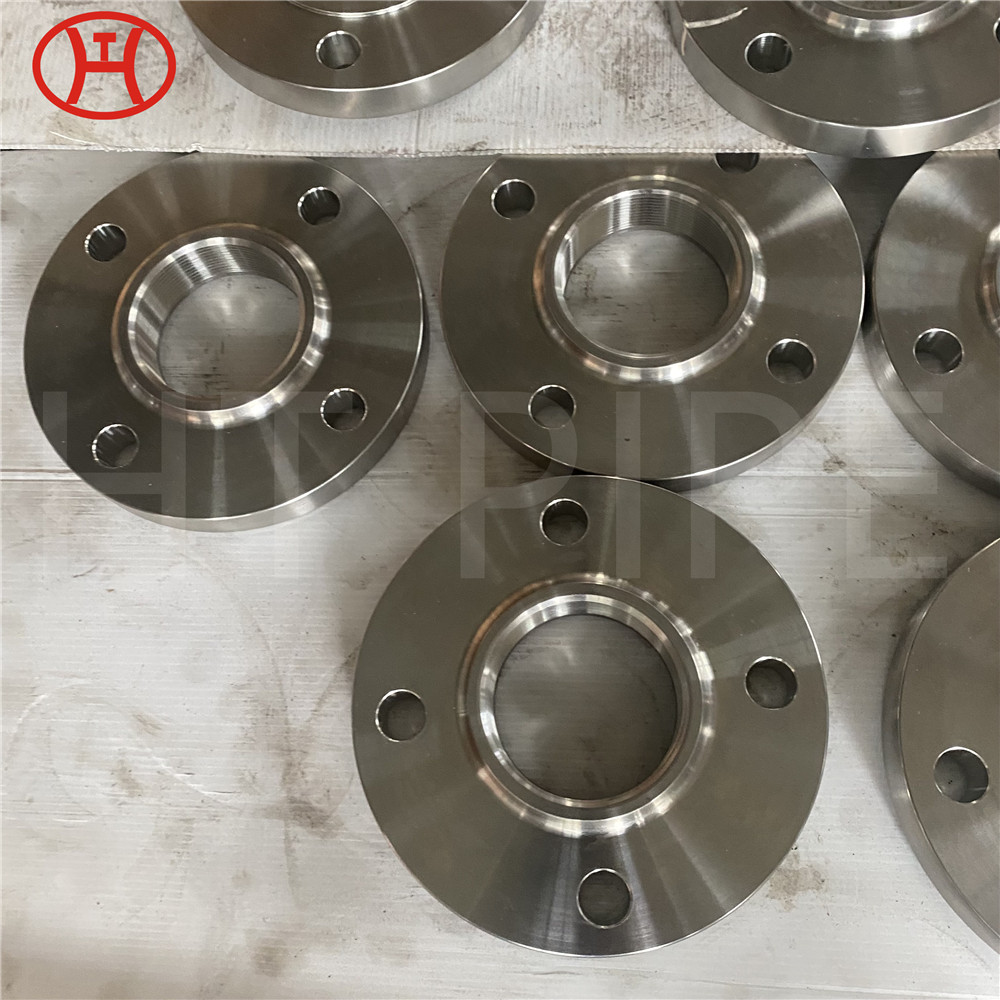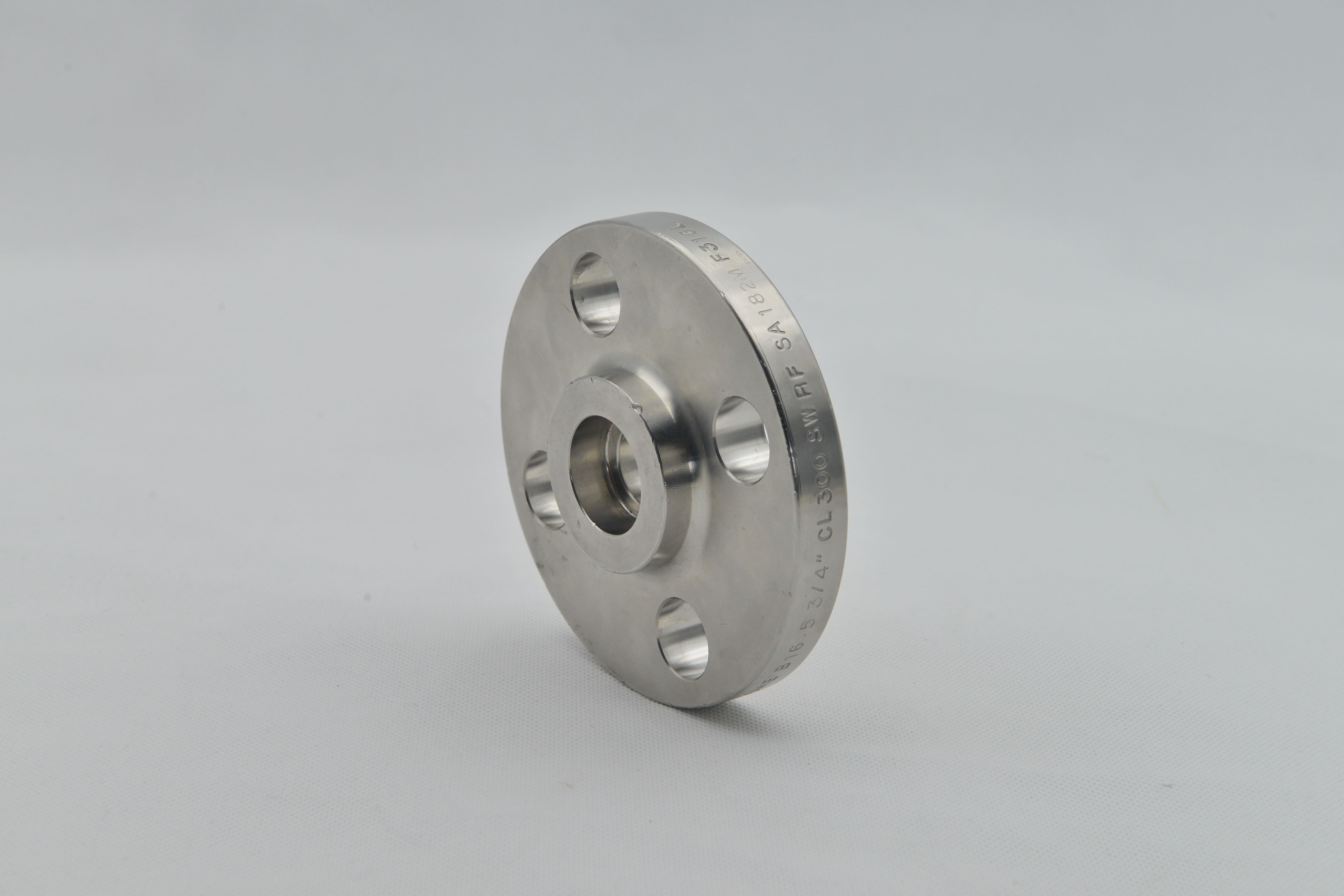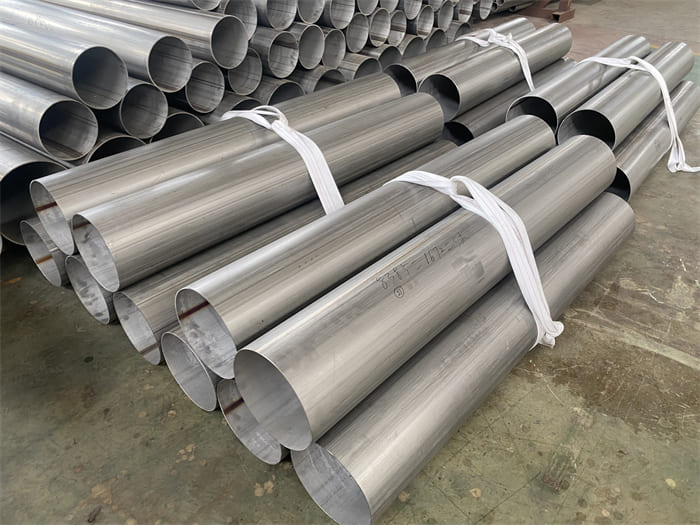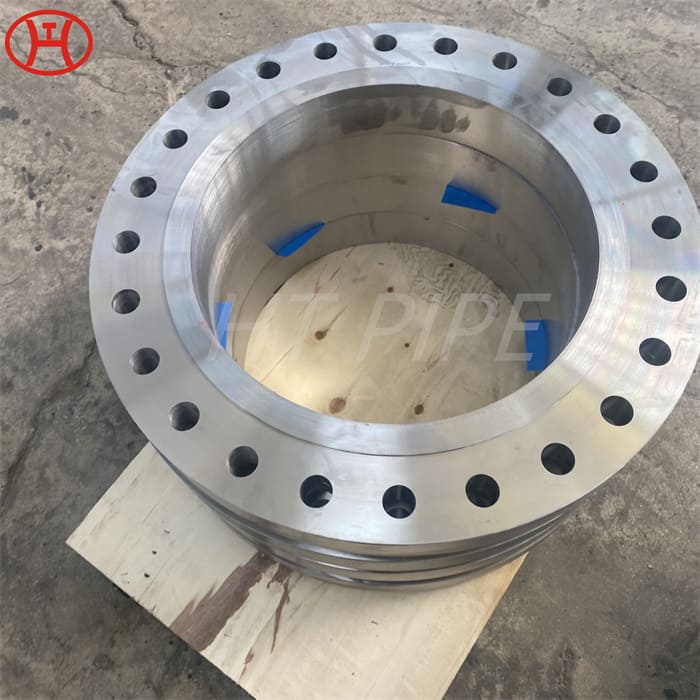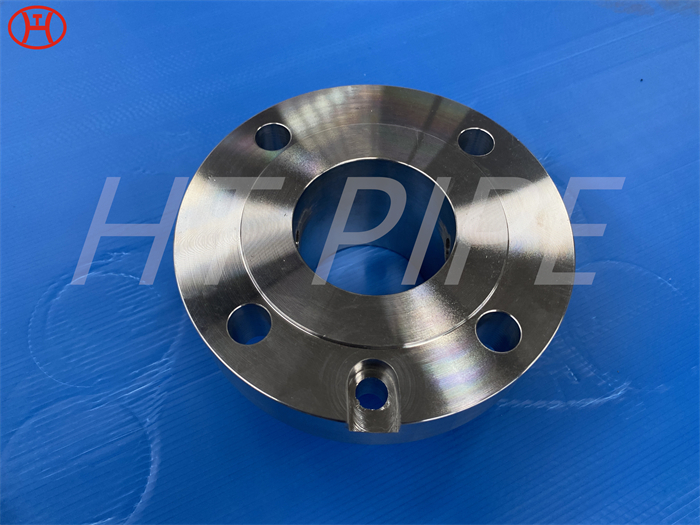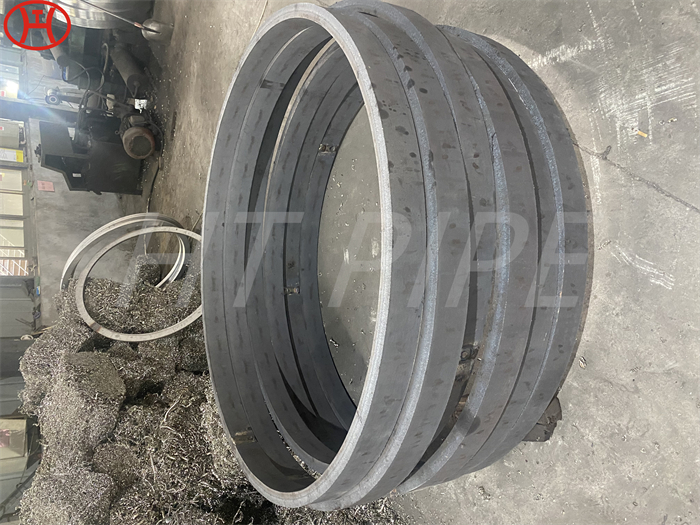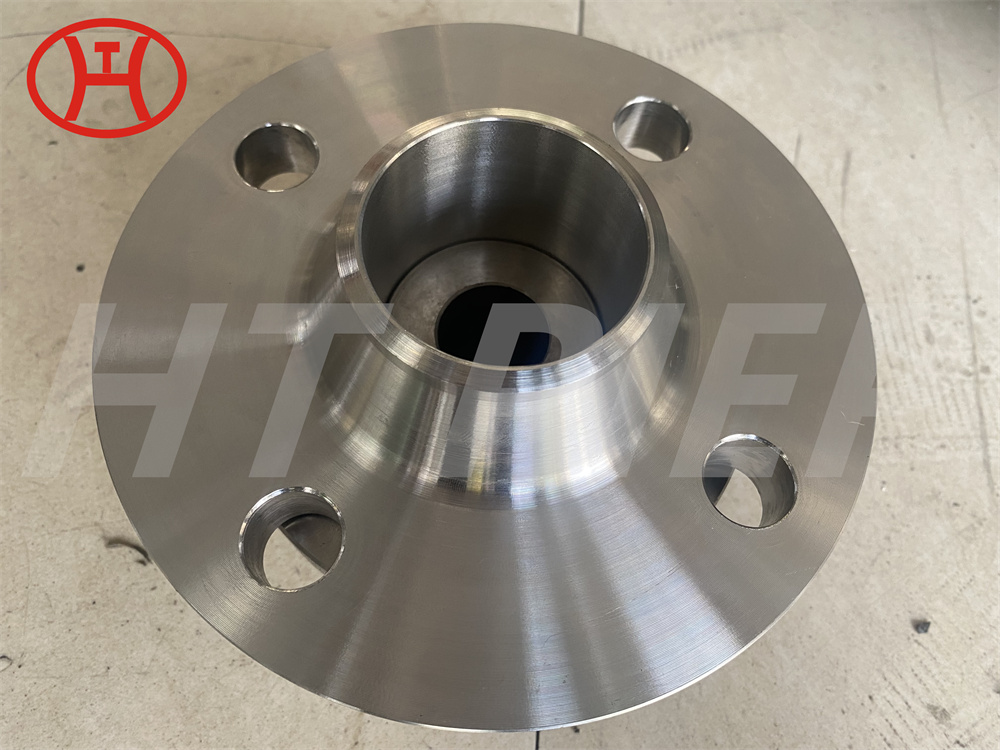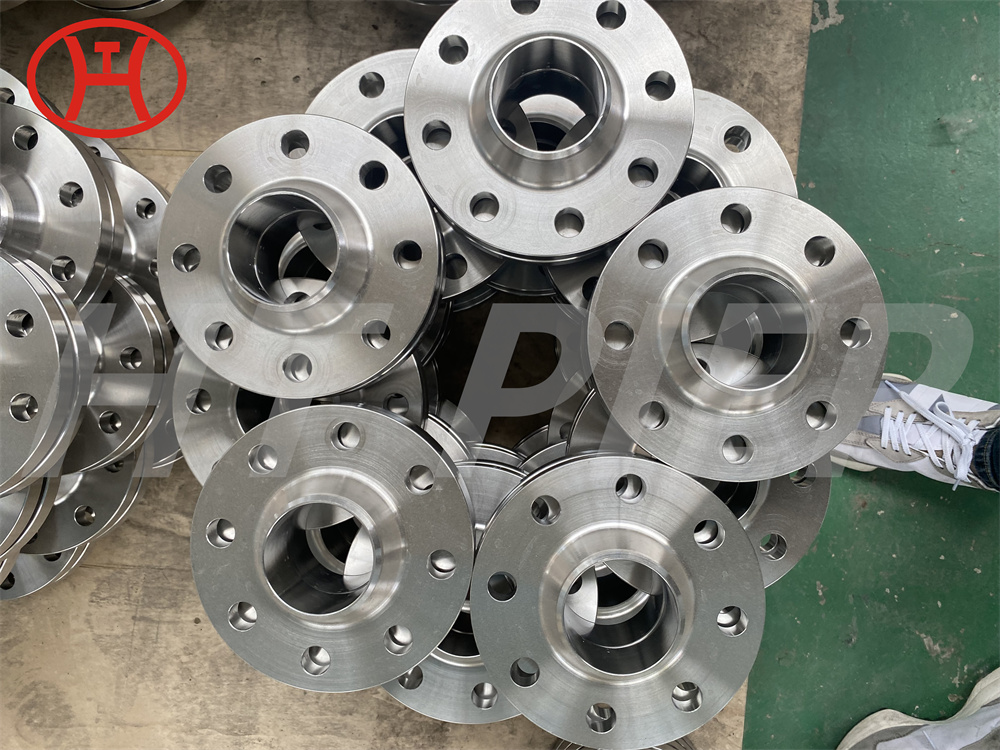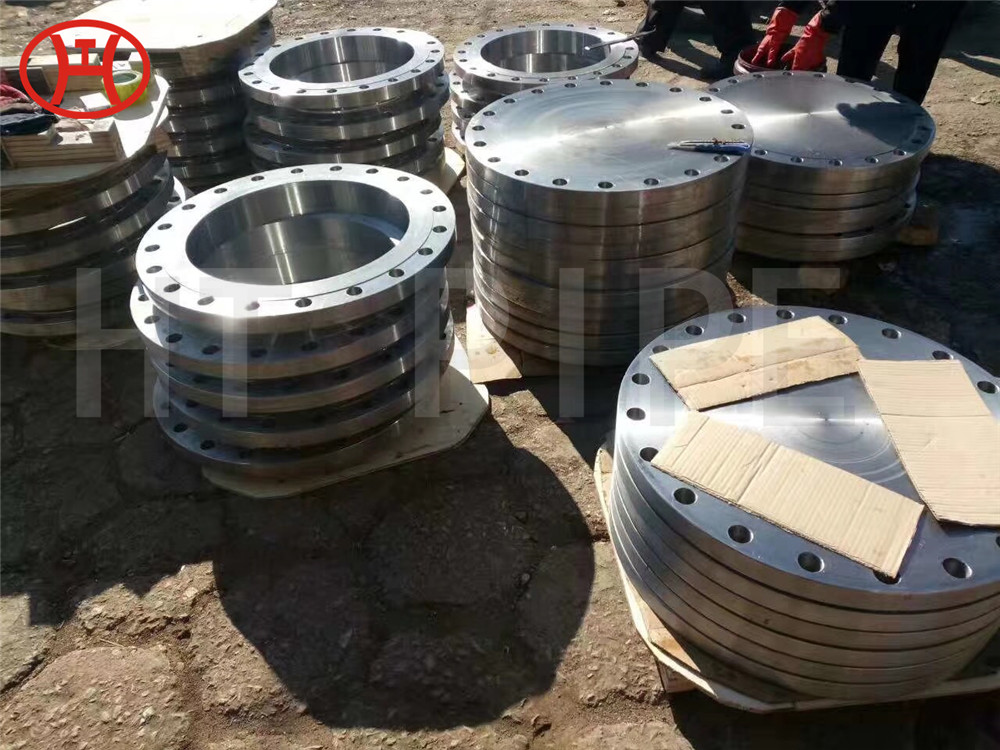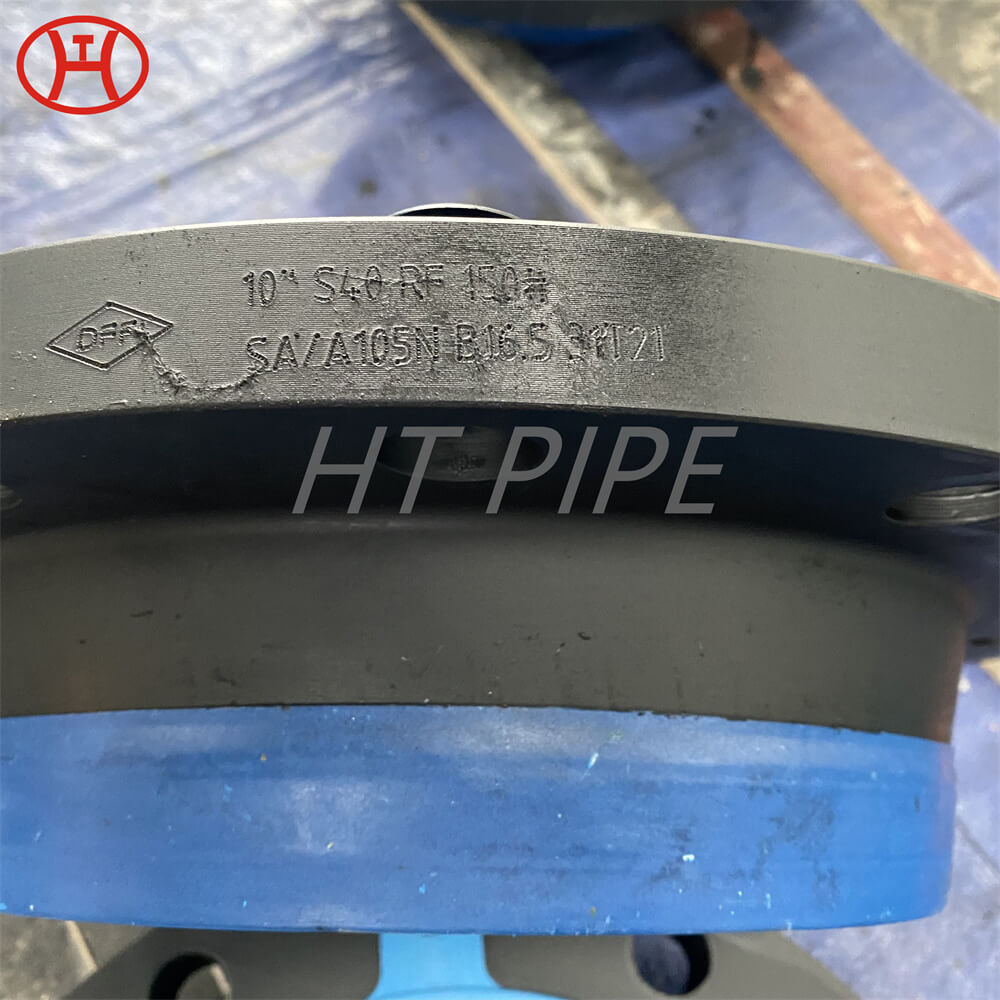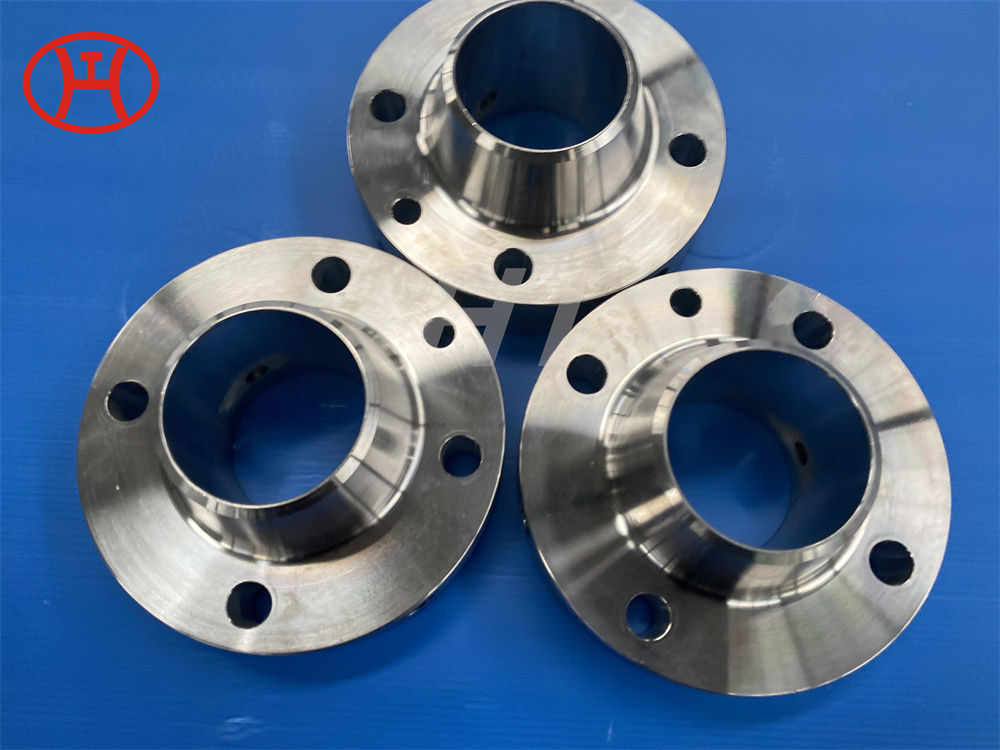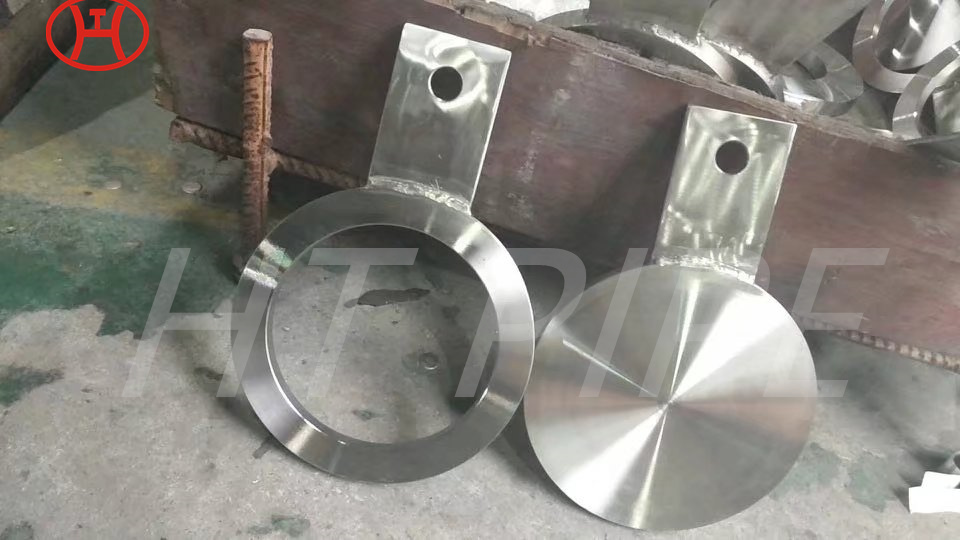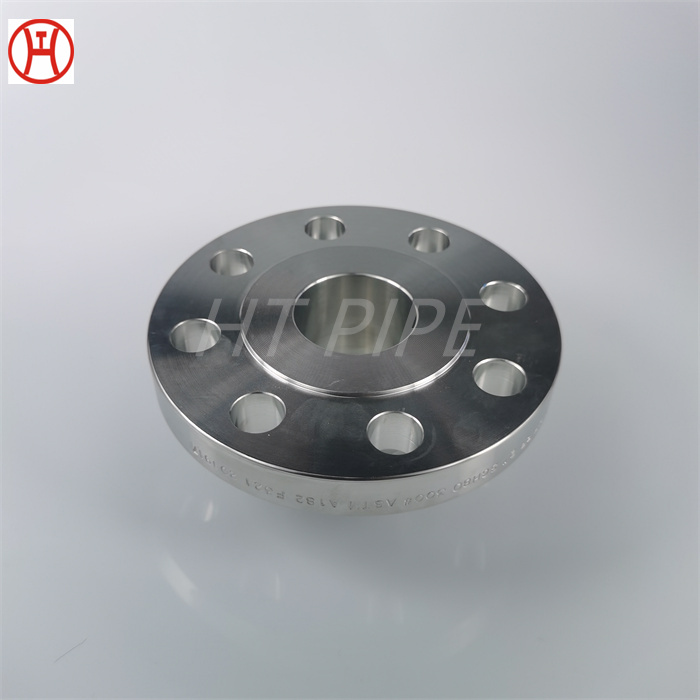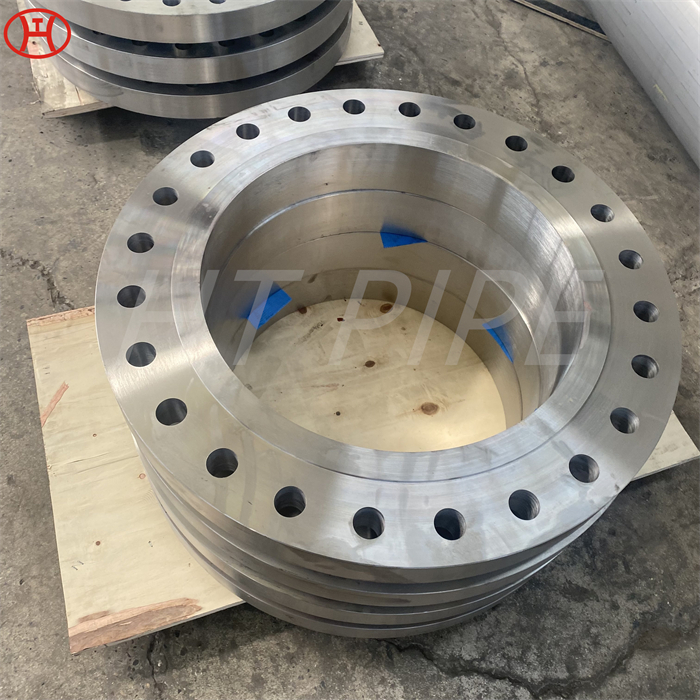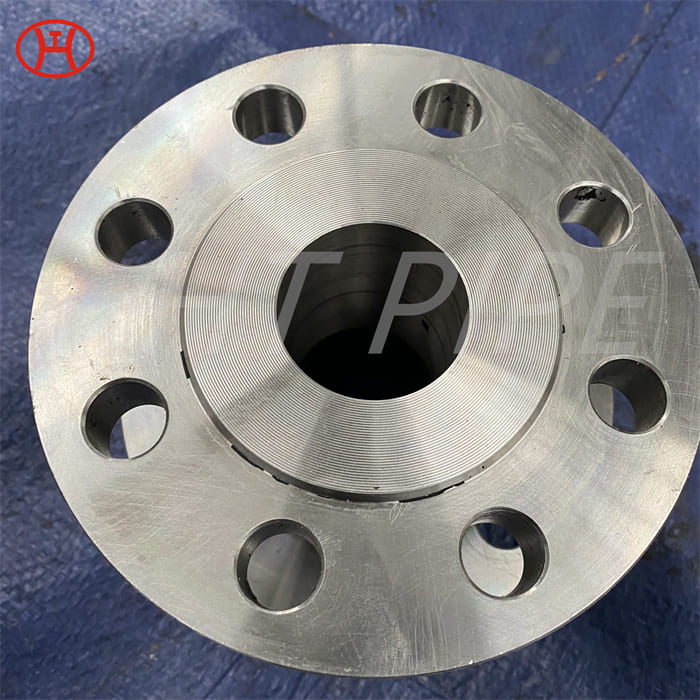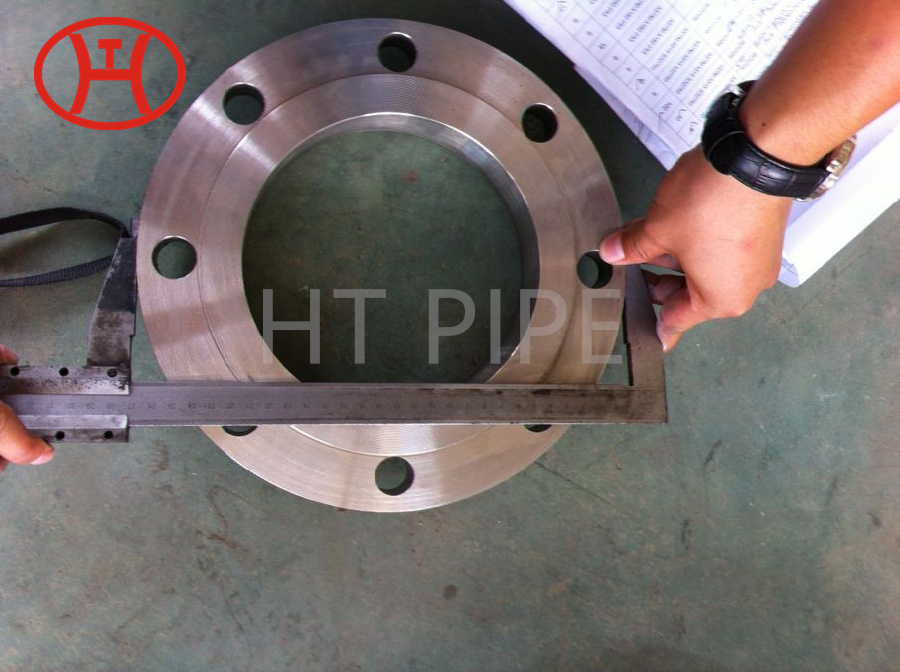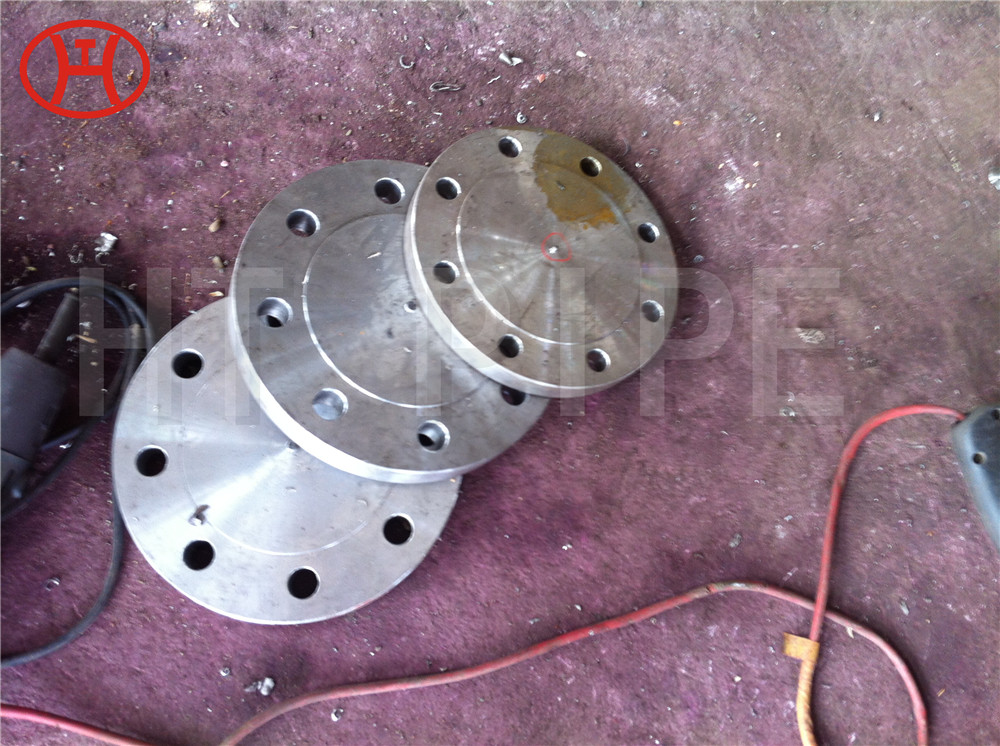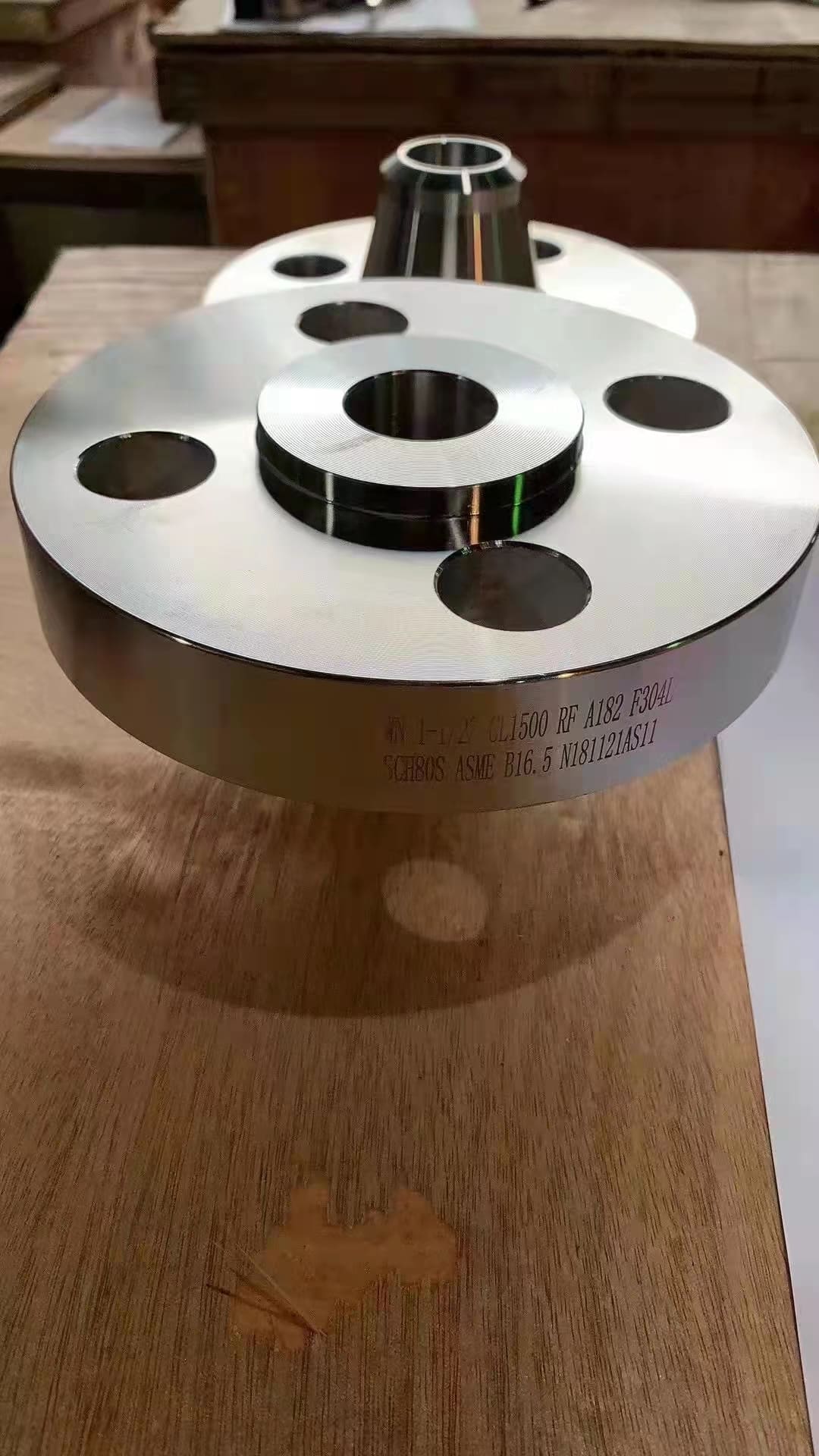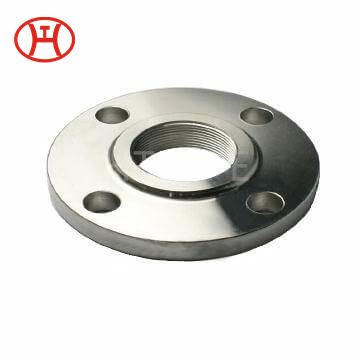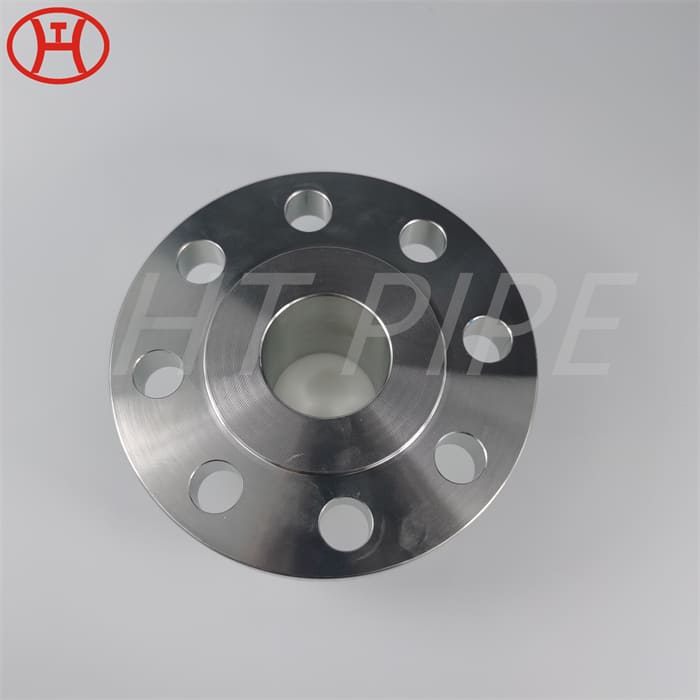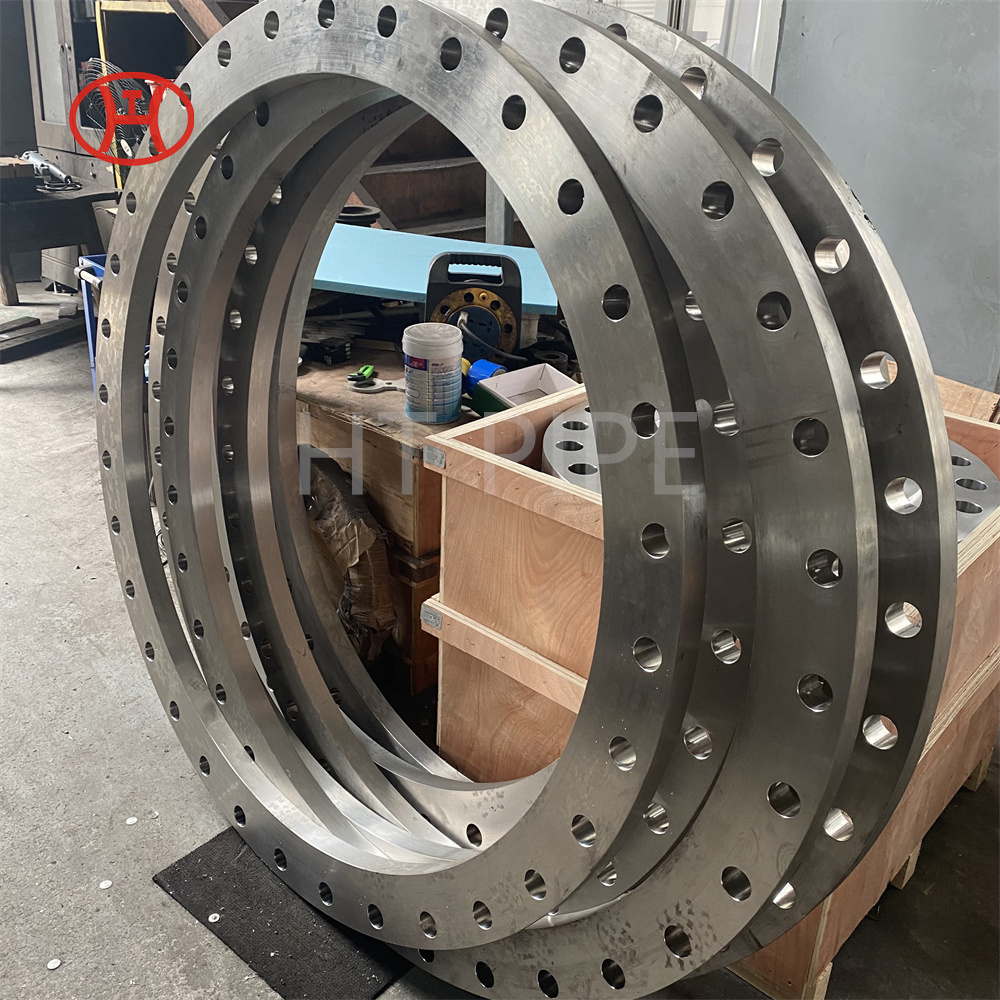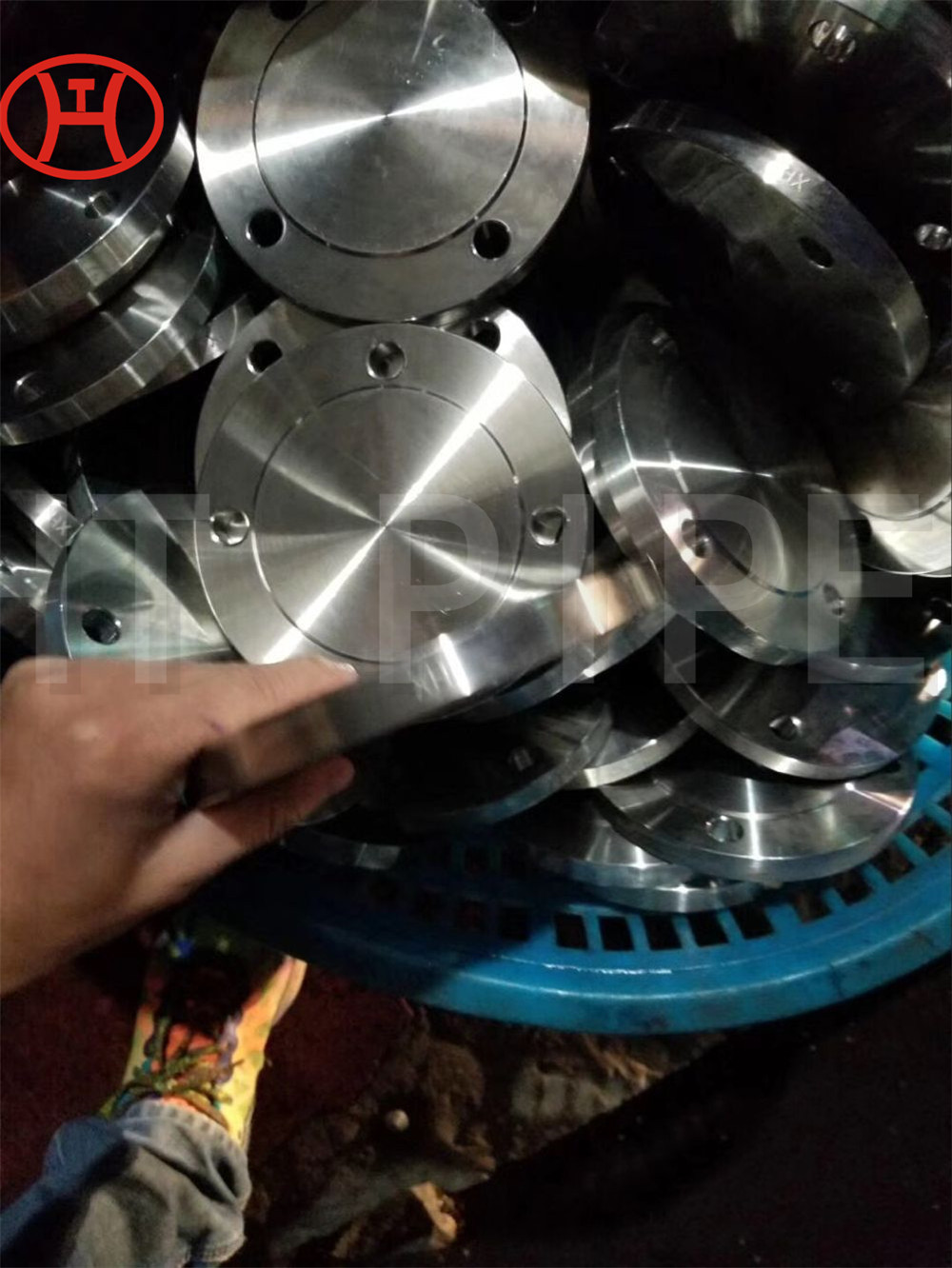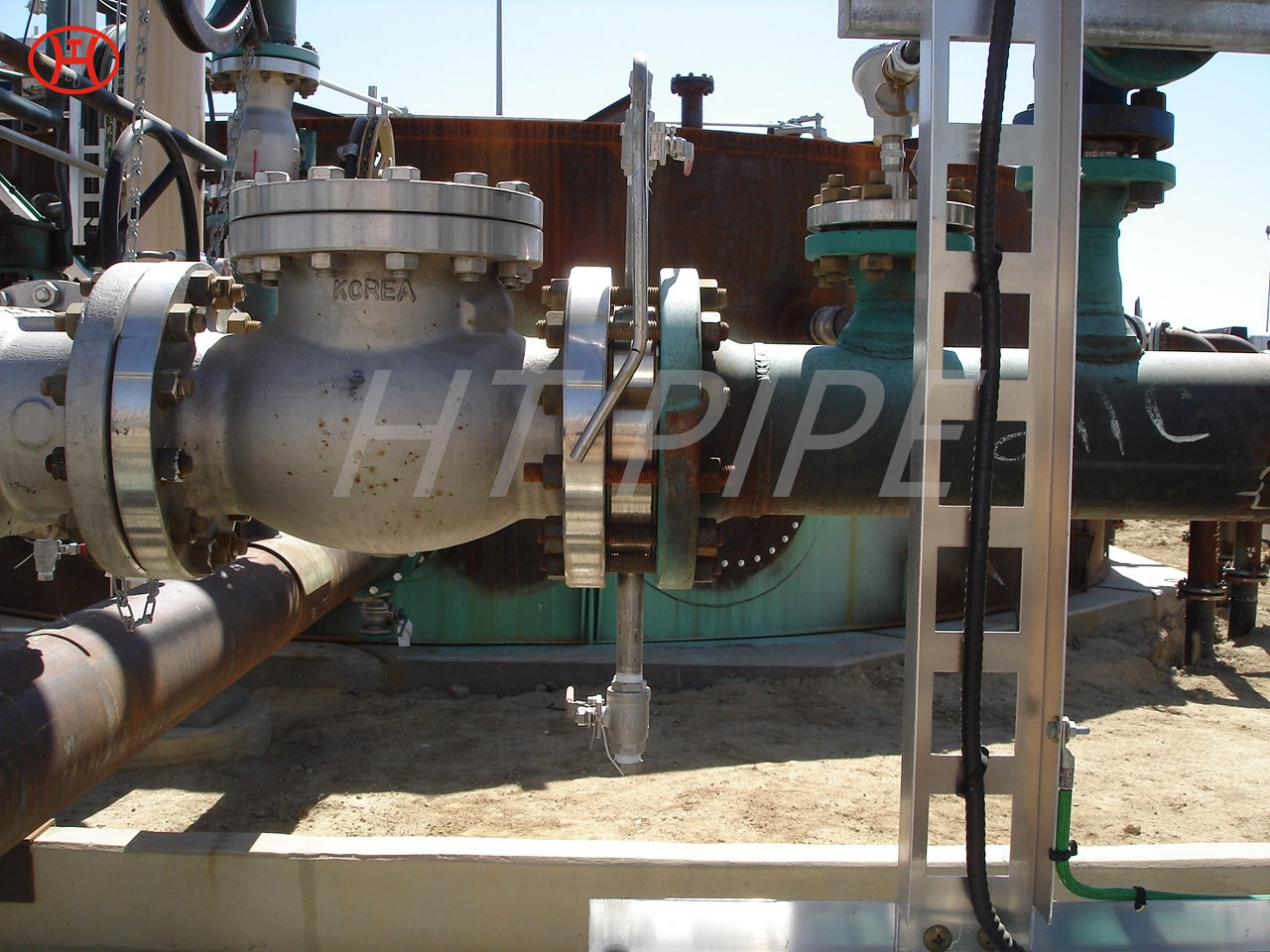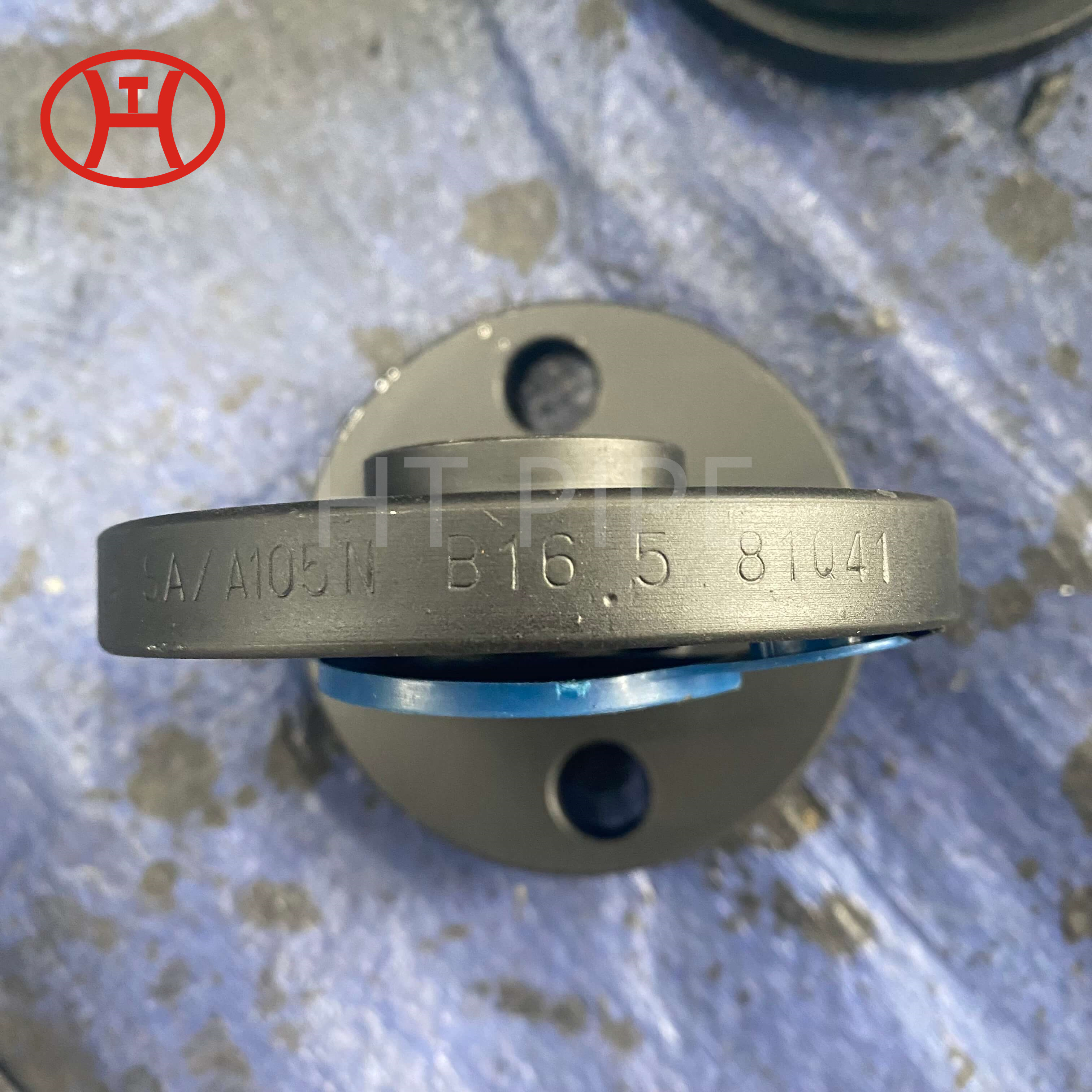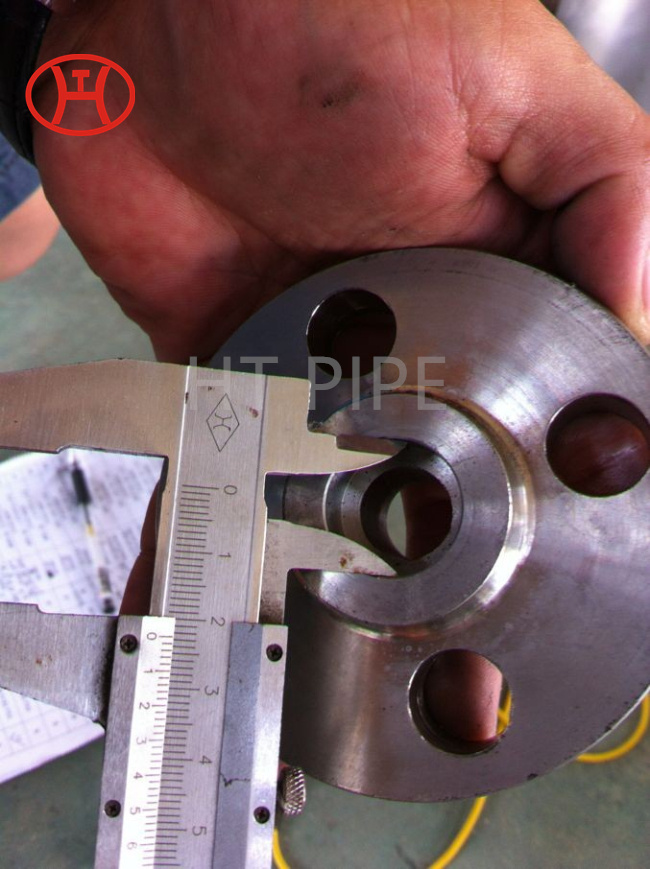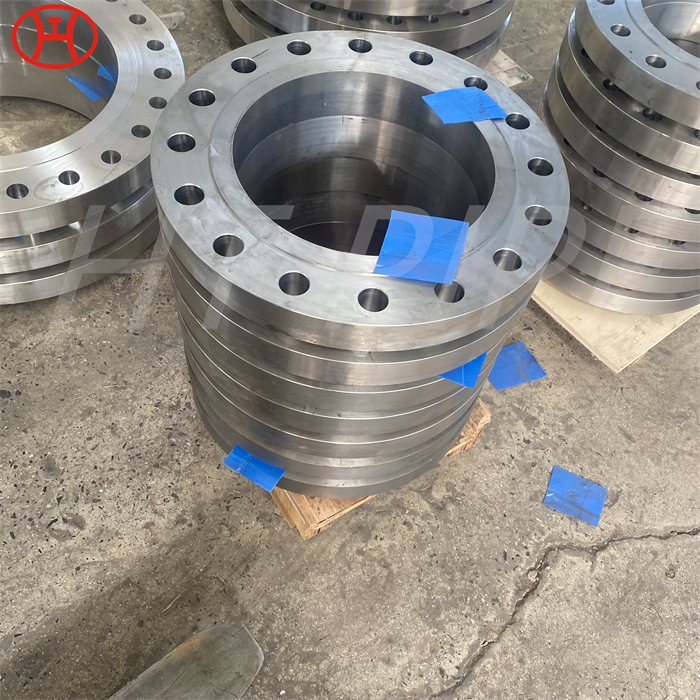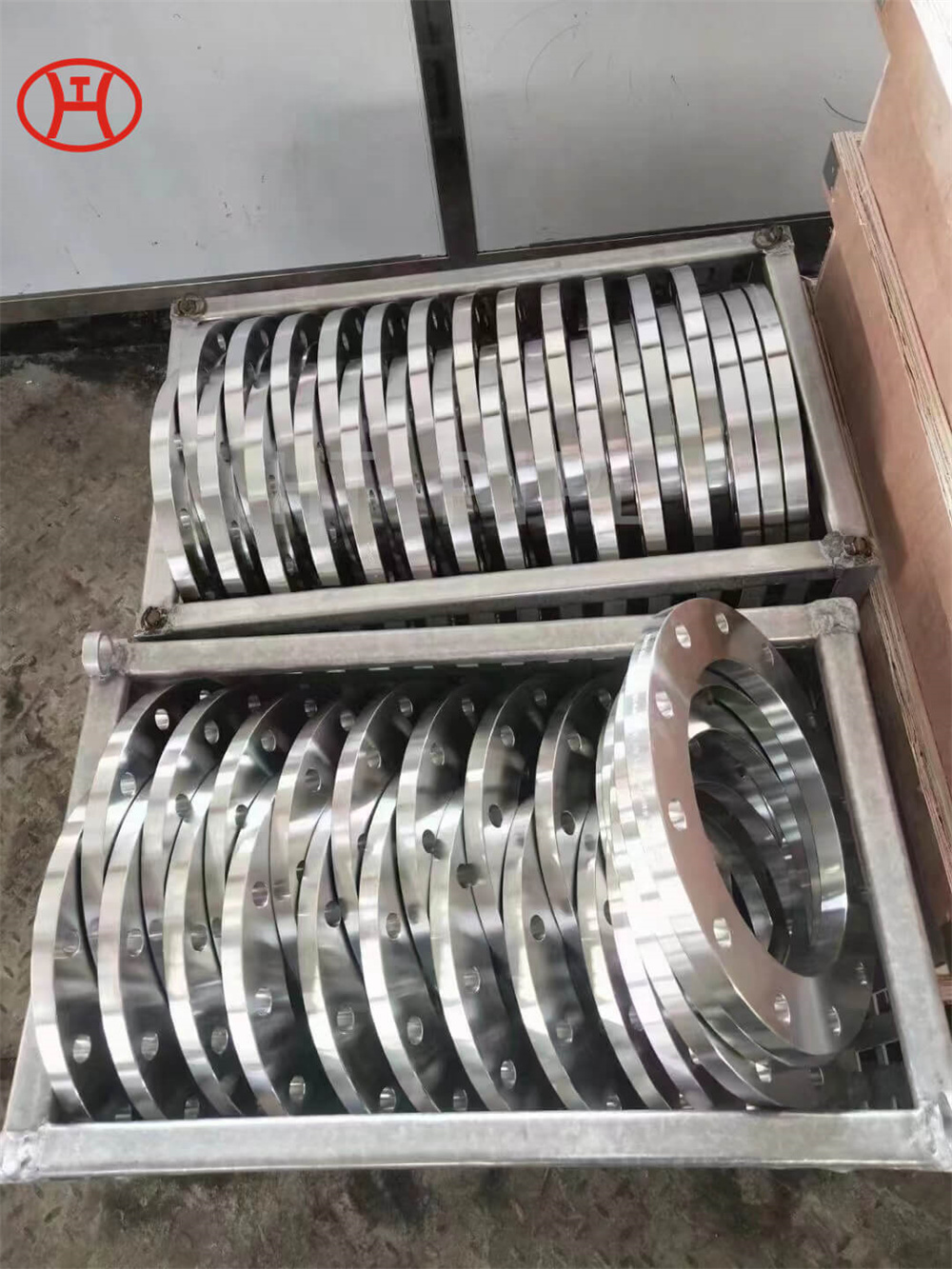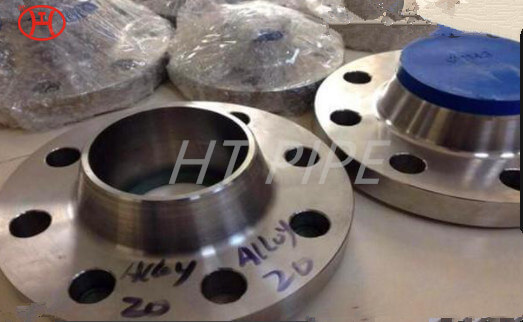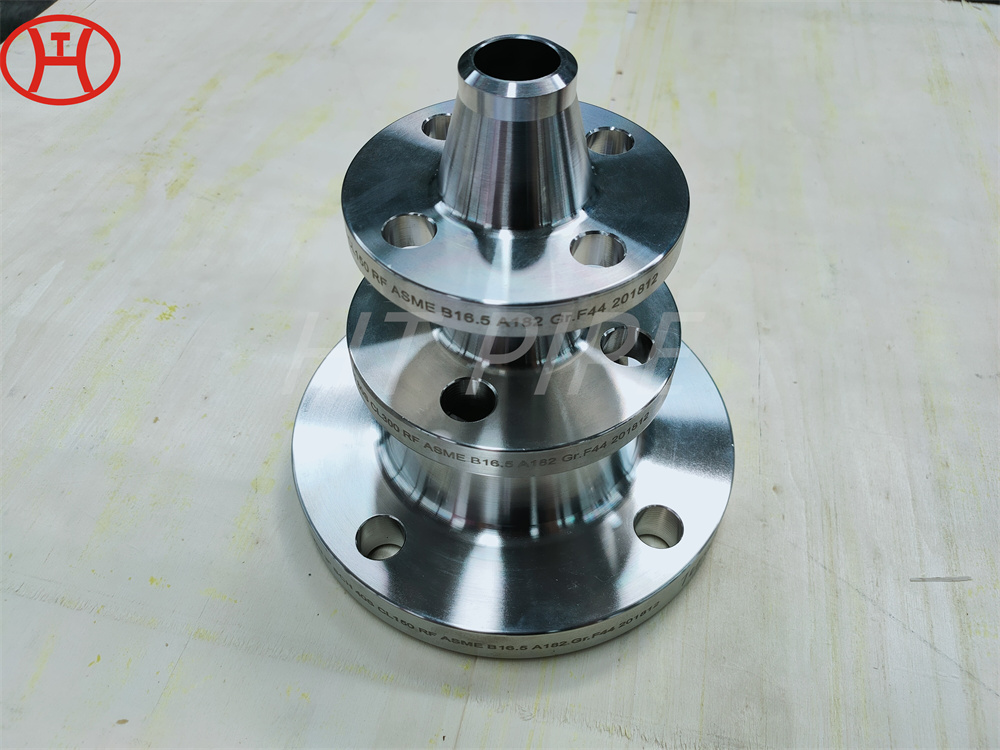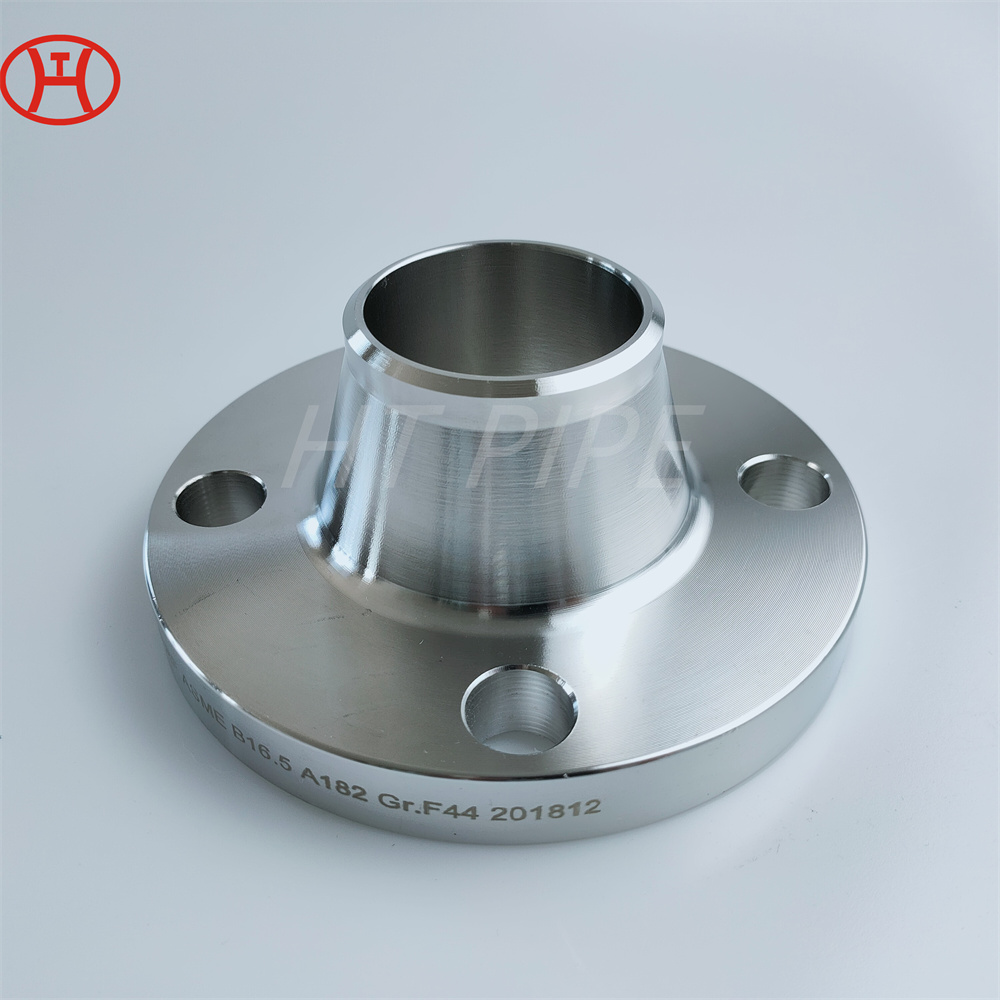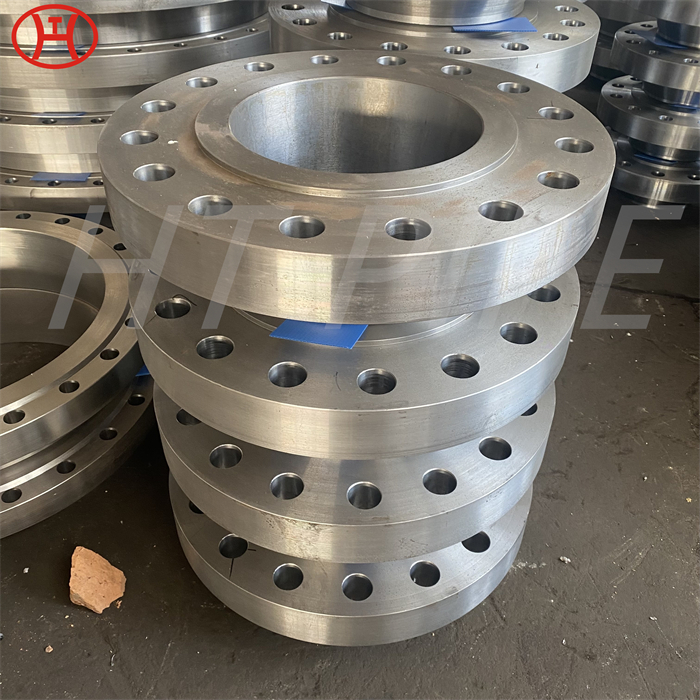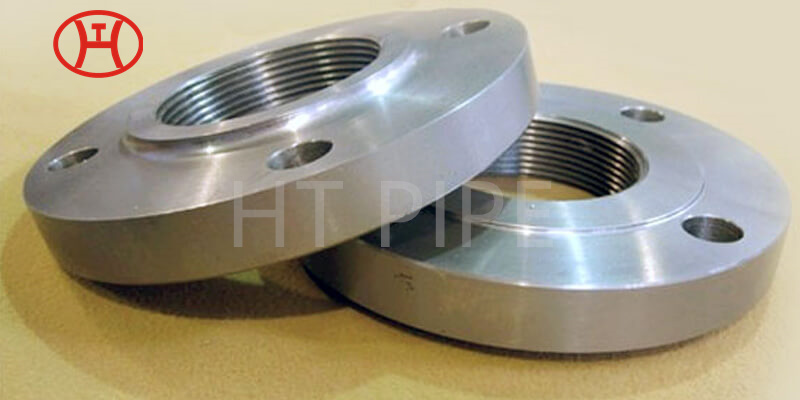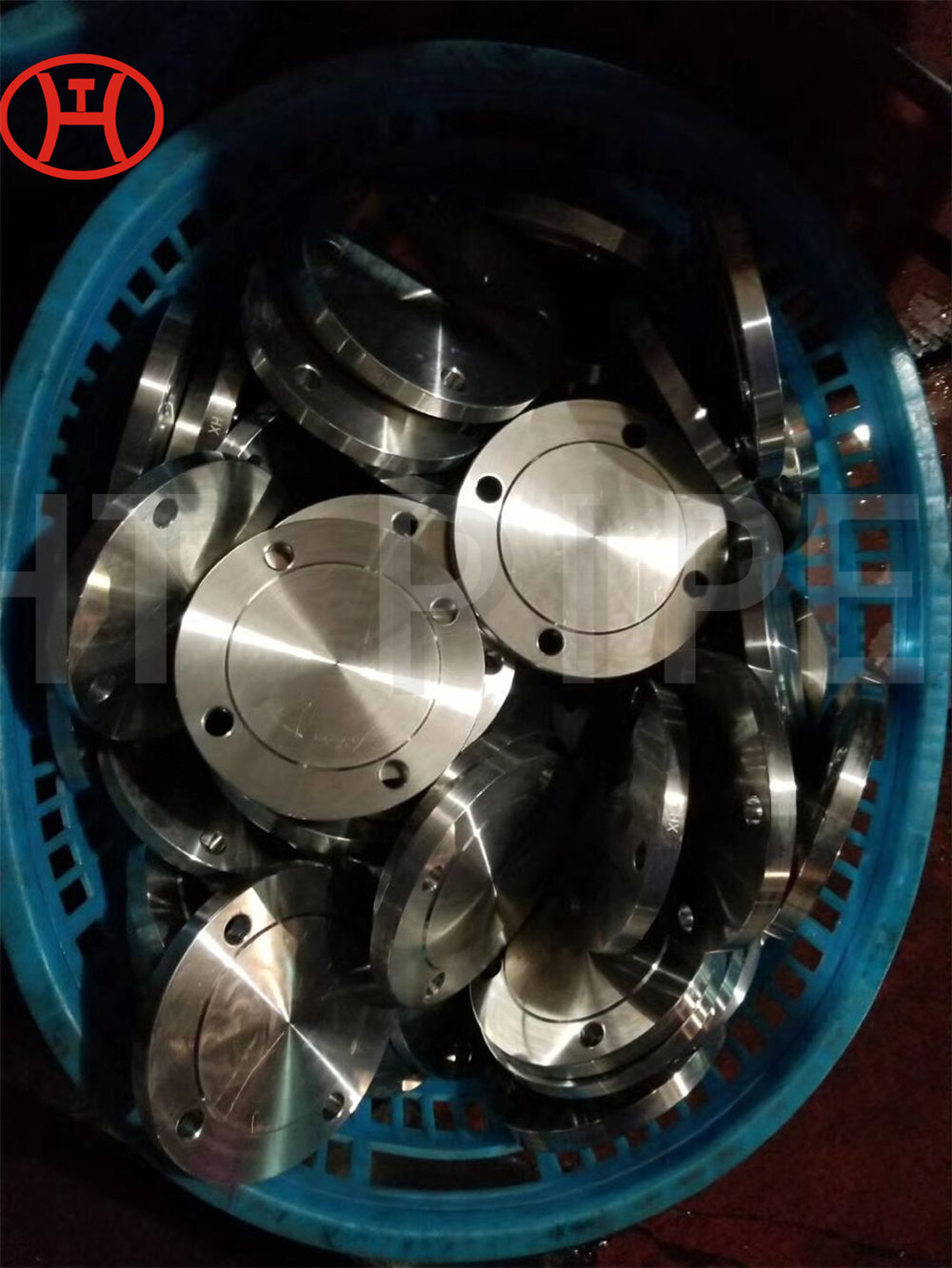DIN2543 DIN2527 BS3293 Threaded Flanges
Stainless steel is an alloy of iron that is resistant to rusting. It contains at least 11% chromium and may contain elements such as carbon, other nonmetals and metals to obtain other desired properties. Stainless steel’s resistance to corrosion results from the chromium, which forms a passive film that can protect the material and self-heal in the presence of oxygen. In the food and catering industry, stainless steel is used to manufacture kitchen accessories, cookware, and cutlery. Utensils such as knives are made using less ductile grades of stainless steel. The more ductile grades are used to make grills, cookers, saucepans, and sinks.
The falnge is second most used joining method after welding. Flanges are used when joints need dismantling. It provides flexibility for maintenance. Flange connects the pipe with various equipment and valves. Breakup flanges are added in the pipeline system if regular maintenance in required during plant operation. A flanged joint is composed of three sparate and independent although interrelated components; the flanges, the gaskets, and the bolting; which are assembled by yet another influence, the fitter. Special controls are required in the selection and application of all these elements to attain a joint, which has acceptabel leak tightness.

